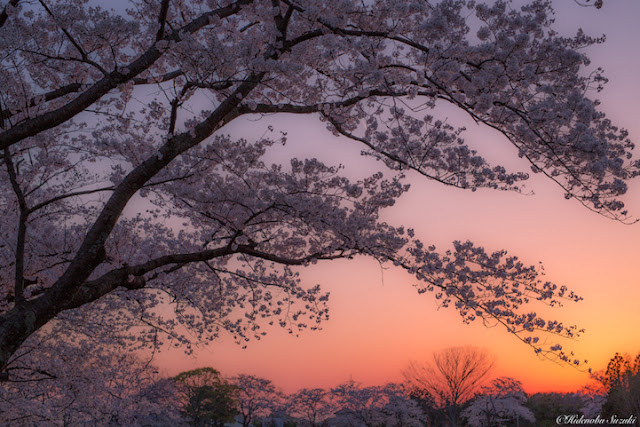Tariq Zaidi
a photographer has travelled to the isolated Altai Mountains in Gobi Desert, to
capture a spectacular set of pictures displaying the 4,000-year-old art of
eagle hunting. So far, only 70 Kyrgyz and Kazakh eagle hunters remain in the
world. This rare ancient tradition can be traced back more than four millennia
in Central Asia, but is start to die out nowadays. Although they’re enough
capable of killing young wolves, but eagles hunt mostly foxes and other small
animals. In January 2014, he decided to quit a senior corporate job, to follow
his vision of becoming one of the world’s most respected fine art travel
portrait photographers with the aim of capturing the dignity, purity and soul
of people, within their environment. More than 90 of Tariq's pictures have
already won numerous major international photography awards.
He
travelled the world to photograph some of the most remote areas and their
cultures. He expresses his experience, that disbelief and amazement is just two
words I would use to define the Kazakh eagle hunters. As far as Kazakhs living
in Western Mongolia, hunting with eagles is an honored art and one of the
highest expressions of their cultural heritage. I thought, it has been one of
most attractive and primal connections between man and animal. For these
remaining few, it is not simply an important tradition or an astonishing sport
- it is their reason to live. The hard training of eagles starts when they’re
just chicks and continues every day for three to four years. Each eagle can only have one handler their
master who can never fully control the bird they can only nurture a bond
between man and animal, teaching it how to hunt more efficiently. Although the
benefits of eagle hunting have decreased in the ever-modernizing world, the
Kazakhs living in Western Mongolia have preserved the tradition, due to their
physical isolation. The hunters could, if they desire, hunt with rifles but
they opt to use eagles in its place, as it is seen as the highest form of art
and dedication. For some, their entire worlds revolve around eagle hunting -
riding out in bitter winds and harsh conditions to help ensure the bird
captures its prey. In 2010, an area in Western Mongolia where eagle hunting is
still prevalent was listed as a UNESCO site of intangible cultural heritage,
serving to protect the eagle hunters.
Eagle
hunting overwhelms their lives completely and is what makes their hearts beat
and eagles having a life expectancy of up to 40 years they basically become a
member of the family. If an eagle hunter has died, you’ll still find him
hunting in the mountains, and not at the funeral, as nothing keeps an eagle
hunter at home. They live together in this life, and, according to the hunter's
tradition, after death master and eagle will meet again. You can find Tariq's other works at his
website www.tariqzaidi.com














































